Eco-friendly construction – 3D printing buildings from local soil
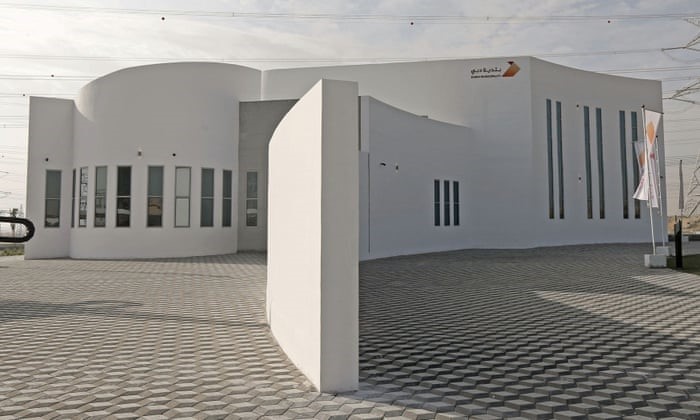
3D printed building in Dubai
Source: The Guardian citing Satish Kumar/Reuters
Scientists have developed a method to 3D-print greener buildings using local soil. You’re probably wondering how that’s even possible. The eco-friendly technology could potentially replace concrete and revolutionize the construction sector. It’s designed to be a sustainable alternative to concrete, which accounts for 7% of CO2 emissions worldwide. Concrete remains the primary used in many construction projects, it can’t be recycled and requires a lot of energy to mix and transport (often far distances). Taking a green approach, the research team aims to print structures using soil that can be found in any garden. The vision is to design a new paradigm of construction that uses naturally sources materials.
Professor of chemistry and materials science and engineering at Texas A&M, Sarbajit Banerjee, explains that “using such materials will further pave the way for building designs that are specifically adapted to the needs of local climates, instead of cookie-cutter houses”. The use of local materials would reduce the need to transport concrete long distances, further reducing the environmental impact of buildings. The team also sees this as a means to providing habitats to some of the neediest populations across the globe. The research team’s plan to turn soil into a structure is no easy task and will depend on the success of improving soil’s load-bearing capabilities (which is seeing excellent progress). Professor Banerjee explains that this research isn’t “just as a means of replacing concrete but allowing for construction in difficult environments”. He talks about the possibility of using this method to eventually create settlements on Mars.
Greenland’s ice loss breaks world record high
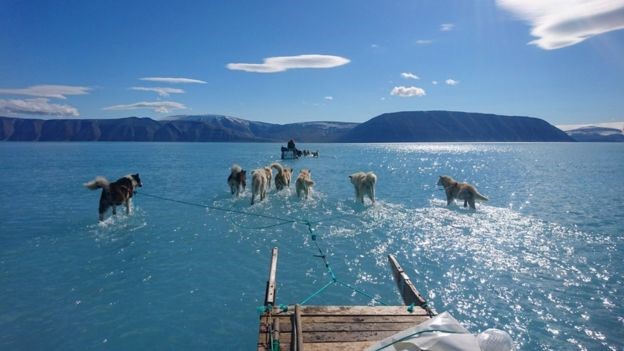
Picture taken by Steffan Olsen in Greenland
Source: BBC News citing Steffan Olsen
Over the past 30 years, Greenland’s contribution to global sea levels has grown as ice loss has increased. An international report on Greenland released in December 2019 concluded that Greenland was losing ice 5 times faster than in the 1990’s. Today’s new study shows that this concerning trend is continuing. A new analysis shows that the scale of melt was “unprecedented” in record dating back to 1948. Using satellite imagery and climate models, the authors of the new report concluded that across the full 2019 year Greenland lost 532 gigatonnes of ice – equivalent to adding 1.5mm to the global mean seal levels, approximately 40% of the average rise in one year alone. To put this into a more tangible perspective, Danish climate scientist Martin Stendel calculated that the losses would be enough to cover the whole of the UK with 2.5 meters of melt water.
While 2019 broke the world record, 2018 and 2017 saw serious decreases in ice, lower than any other two-year period since 2013. The return to high levels of melting in 2019 is a huge concern as of the years with the biggest mass loss have now occurred in the past decade. So far, 2020 is seeing average conditions in Greenland, but we’ll have to wait and see how the year plays out. Recent media reports suggest that Greenland has “passed the point of no return” and that flooding to local communities is only a matter of time. Professor Andy Shepherd from Leeds University (co-lead investigator) says that in word-case scenario projections, “we need to prepare for an extra 10cm or so of global sea level rise by 2100 from Greenland alone.” The take home message is that reducing CO2 emissions will reduce (or limit) global warming which will resultantly lessen the risk for huge contributions to Greenland’s melting seasons.
Ground-breaking Groundwater
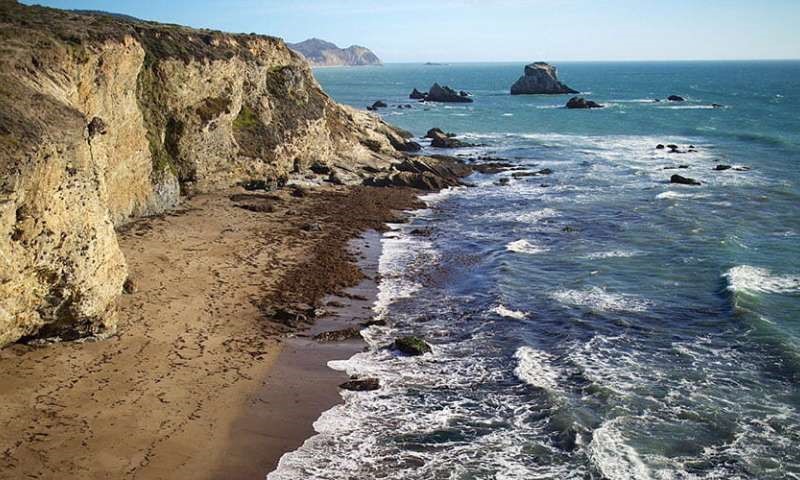
Picture of the California coast sea level
Source: Phys.Org citing University of Arkansas
A recent study analyzed the impact and effects of rising sea level along the California coast. Though there were slight local topography results, the conclusion was that rising sea levels could force inland water table higher – which could damage infrastructure and increase the likelihood of flooding.
Researchers cited that “Increased roadway fatigue, reduced sewer and septic drainage, and the potential for mobilizing contaminants in soils currently above the water table will eventually be triggered farther inland as the water table rises with higher sea levels.”
Most of the coastal areas focus is undoubtedly on overland flooding, there is little information on the threats of rising ground water tables alternatively known as “shoaling”. Shoaling occurs when rising seawater pushes inland. The denser marine water underlies shallow freshwater aquifers, pushing them upward. In some lower areas, shoaling could cause groundwater water to the surface, increasing the probability of flood damage.
Notable places in Los Angeles that are the most at risk are Port of Los Angeles and airports in Santa Barbara and San Francisco.
Surfacing groundwater isn’t the only problem, it only needs to rise from 6ft to 3ft to cause major issues. This could disrupt wastewater pipes, electrical conduits, and building foundations. California will need to start taking this into account and include as part of their climate planning moving forward.
Breaking a Sweat? The Hottest Temperatures EVER Recorded.
With no surprise of temperatures reaching soaring highs, every year seems to hit a new heat record. But Death Valley held the flaming torch of the highest temperature ever recorded on Earth, sitting at 54.4C (130F). Death Valley is a desert valley in the Mojave Desert that lies 86 meters below sea level. It is one of the hottest places on Earth but these soaring temperatures this high have never been accurately recorded before. There are extreme heat advisories, urging people to not walk in the desert past 10AM. It is so hot, that the sweat evaporates so fast off your skin that you actually don’t feel wet. Talk about a hot – n – not sweaty?
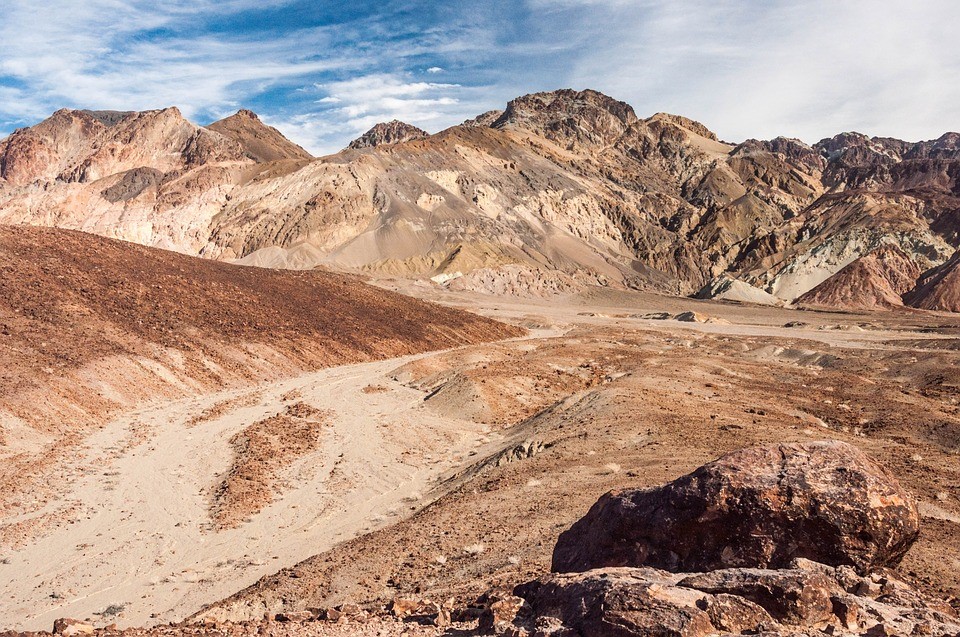
Source: Pixabay
Forget Murder Hornets, 750 Million Genetically Modified Insects to be Released.
Just when we thought that murder hornets have passed, we got news that the Florida State officials have passed approval and gave a green light to release 750 million genetically modified insects in hopes to reduce the number of disease carrying mosquitos. With many opposed against this pilot project with fears of the unknown consequences that may lay in our future. Many are afraid of possible hybrid insecticide resistant mosquitos bred into fruition. People are opposed and afraid of these modified bugs breeding in their backyards. 750 million over the span of two years will be released over a two-year period. Only in Florida right?
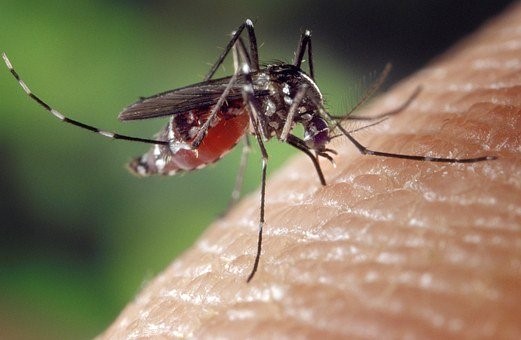
Source: Pixabay

Greta Vaivadaite is a Journalist, Online Editorial and Social Media Coordinator at Alternatives Media. Greta has completed her undergraduate studies at York University in Environmental Management, and completed her Masters of Environment and Sustainability at Western University in 2020. Her professional interests lay in advocating for environmental education, sustainable fashion, and a greener travel industry.














